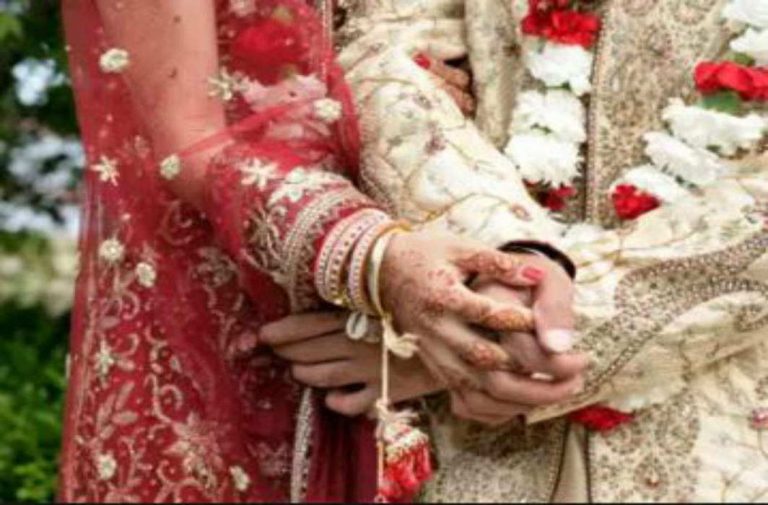
Rights panel also recommends that all marriages of minors be made void, marriage registrations be made compulsory
Days after the Supreme Court declined to hear a PIL that demanded bringing the marriageable age for men and women at par, the National Human Rights Commission (NHRC) has recommended to the Centre “to examine the case for fixing uniform age of marriage for both girls and boys as in the case in over 125 countries in the world.”
Under the existing laws, while child marriage is banned, the legally-mandated marriageable age is 21 years for men and 18 years for women.
The NHRC recommendations are the result of deliberations it held with various stakeholders over two days in August to discuss ways of eliminating child marriages – banned by law but still prevalent in various parts of the country – and addressing other social issues linked with children.
The slew of recommendations, sent last week to the Centre, state that there is a need to “review and (make) appropriate amendment in the Prohibition of Child Marriage Act to make all marriages below 16 years age to be ‘void’ and between 16-18 years to be ‘voidable’” and that “time limits for annulment of child marriage and other actions including the filing of application for injunctions should be specified in the Act.”
The human rights panel has added: “Based on the Law Commission’s Report No.205, published in 2008, the Government may examine the case for fixing uniform age of marriage for both girls and boys as in the case in over 125 countries in the world, based on a detailed and critical consideration of all pros and cons in the Indian context.”
The NHRC has, however, not specified what it feels should be the uniform marriageable age for men and women – whether it should be brought down to 18 years for men or increased to 21 years for women.
The panel has, it appears, left the decision to be taken by the Union ministries of Women & Child Development and Law & Justice.
The panel has also recommended to the Union ministries of Human Resource Development and Law & Justice to initiate measures to “to integrate gender and rights education in the school curriculum, highlighting focus on child marriage.”
The panel said that there was a “need for the Government of India to undertake an in-depth research to understand the underlying causes of social and cultural factors contributing to child marriage and develop a uniform Common Minimum Programme at the national level”.
It has also urged the Centre to “periodically map the vulnerable areas at village and block level where child marriage takes place, monitor and track every child’s status on education until the legal age of 18.”
While recommending that registration of all marriages should be “made compulsory”, the human rights body also said that in “cases of (i) child marriage still pending prosecution and (ii) in those cases where child marriage was effectively stopped, there is a need for tracking and follow up”. The list of recommendations include: “State Governments need to formulate a financial plan for rehabilitation of girl victims regarding maintenance, both for the period during annulment proceedings before the Courts and after such annulments also, where the circumstances of the case so require.”
The panel has also called for appointment of a Child Marriage Prohibition Officer “at the block level and village level” and recommended that “statistics of incidence of child marriage to be maintained for routine follow up.”
—India Legal Bureau

